🏰 Battles of Panipat : The Land of Great Battles
Battles of Panipat, located in the northern Indian state of Haryana, holds a significant place in Indian history. Known as the “City of Battles,” Panipat was the site of three major battles that changed the course of Indian history.
There are following battles of panipat in Bharat
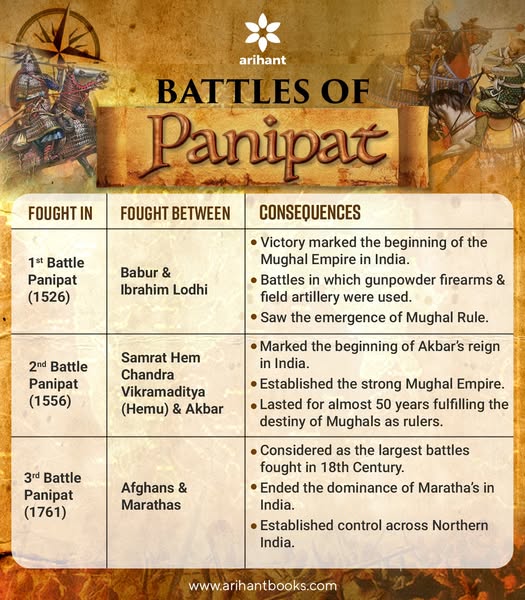
🗡️ The First Battle of Panipat (1526)
The First Battle of Panipat was fought on April 21, 1526, between Babur, the founder of the Mughal Empire, and Ibrahim Lodi, the Sultan of Delhi. This battle marked the beginning of Mughal rule in India. Babur’s use of advanced warfare techniques like field artillery gave him a decisive edge, ending the Lodi dynasty.
🛡️ The Second Battle of Panipat (1556)
Fought on November 5, 1556, this battle was between the young Mughal emperor Akbar and the forces of Hemu, a Hindu general who had declared himself king. Akbar’s forces, led by Bairam Khan, defeated Hemu, ensuring the restoration and continuation of Mughal dominance in India.
⚔️ The Third Battle of Panipat (1761)
One of the largest and bloodiest battles in Indian history, the Third Battle of Panipat took place on January 14, 1761, between the Maratha Empire and Ahmad Shah Abdali, the Afghan ruler. Though the Marathas fought valiantly, they suffered a tragic defeat. This battle weakened the Marathas and opened the door for British expansion in India.
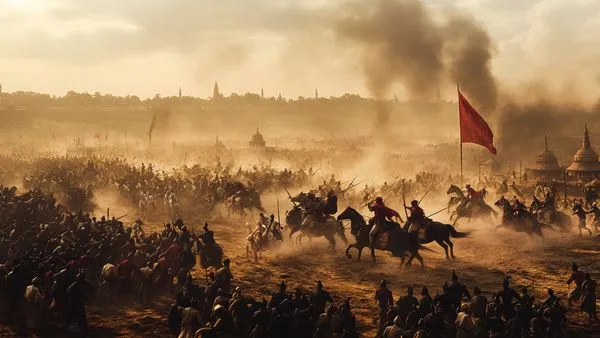
📚 Historical Significance
Each Battle of Panipat was more than just a military engagement; it marked a major shift in Indian history:
- The First battle introduced the Mughal dynasty.
- The Second battle restored Mughal authority under Akbar.
- The Third battle led to the decline of Maratha power and opened the path for British colonial dominance.
The town of Panipat thus became a symbol of change—where empires were made and unmade. These battles are still studied today for their strategic depth, political consequences, and lasting impact on the Indian subcontinent.
🏛️ Legacy and Importance
Panipat is not just known for its battles. It has been a center of trade, culture, and craftsmanship. Today, it is famous for its textile and carpet industry, often called the “Textile City of India.”
The city also houses several historical monuments, including:
- Kabuli Bagh Mosque (built by Babur)
- Kala Amb (a war memorial for the Third Battle)
- Graves of Shah Quli Khan and Ibrahim Lodi
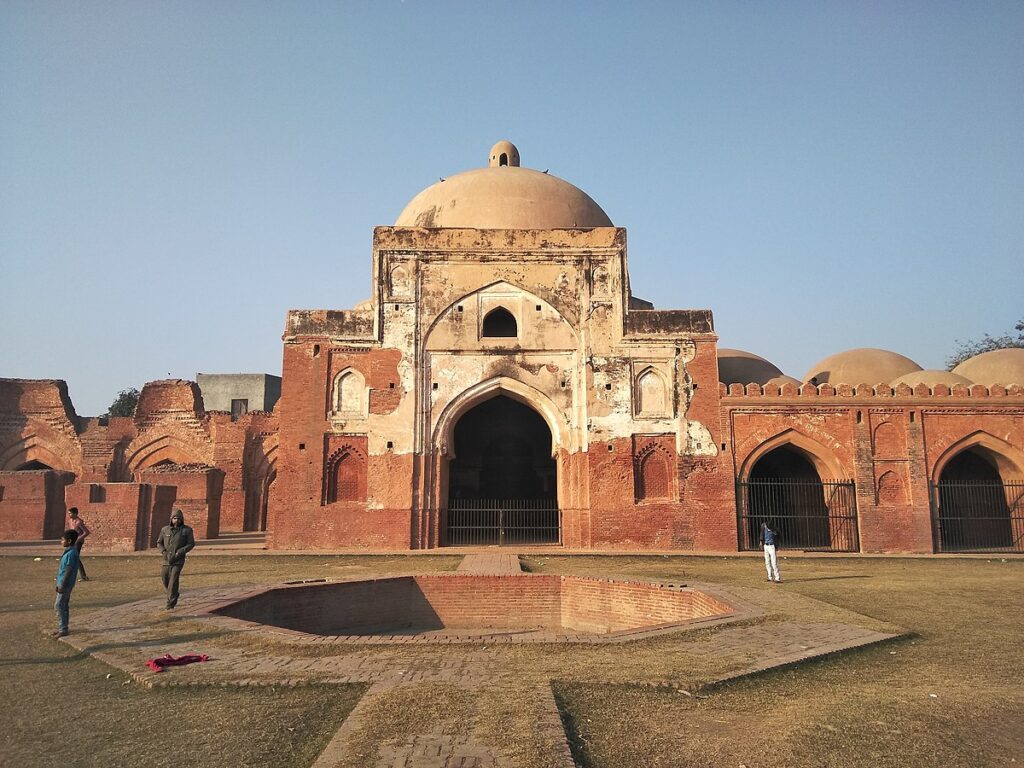
Read more- https://bhanukakkar.store/%f0%9f%9a%97%e2%9a%a1electric-cars-in-india-a-new-chapter-on-our-roads/
📍 Location
All three battles were fought near Panipat, about 90 km north of Delhi. Its open plains made it an ideal battleground for large armies.
🌍 Conclusion
The Battles of Panipat were far more than mere clashes between rival armies—they were monumental events that reshaped the course of Indian history. Each battle signified the beginning or end of a powerful era, acting as a turning point for empires and shaping the political, cultural, and military future of the Indian subcontinent.
The First Battle of Panipat heralded the rise of the Mughal Empire, introducing new military strategies and political vision under Babur. The Second Battle ensured the survival and consolidation of that empire under Akbar, one of India’s most celebrated rulers. In stark contrast, the Third Battle of Panipat, while technically a victory for Ahmad Shah Abdali, resulted in catastrophic losses and marked the beginning of the end for indigenous powers like the Marathas. It exposed the fragility of Indian unity, paving the way for foreign influence and eventually, British colonization.
Panipat, thus, became synonymous with transformation—where decisions made on the battlefield influenced centuries of governance, warfare, and identity. Understanding these battles is crucial for grasping the ebb and flow of power in India’s rich and complex past. They remain a profound reminder of how the fate of entire nations can be decided in a single day of war.
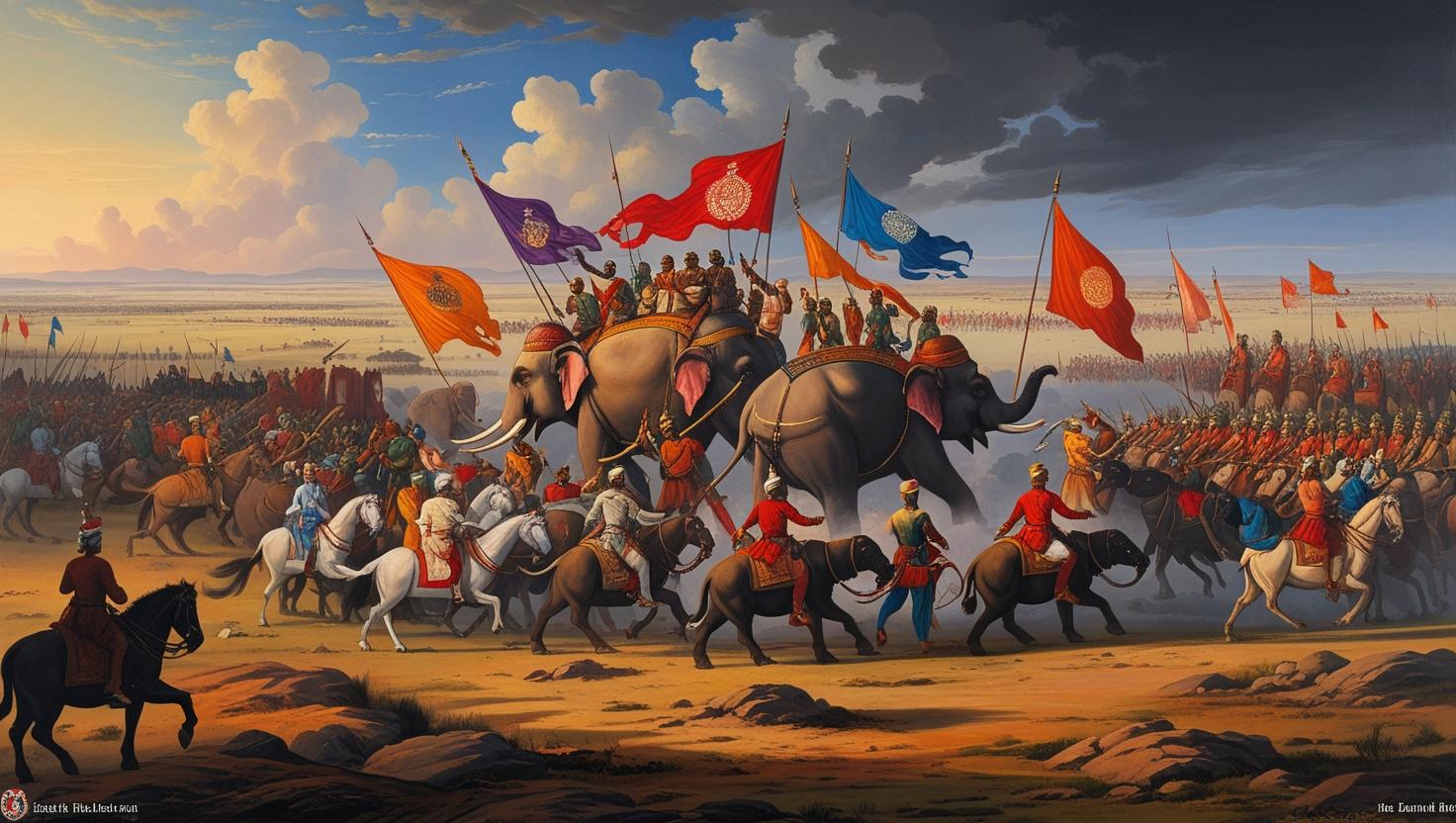

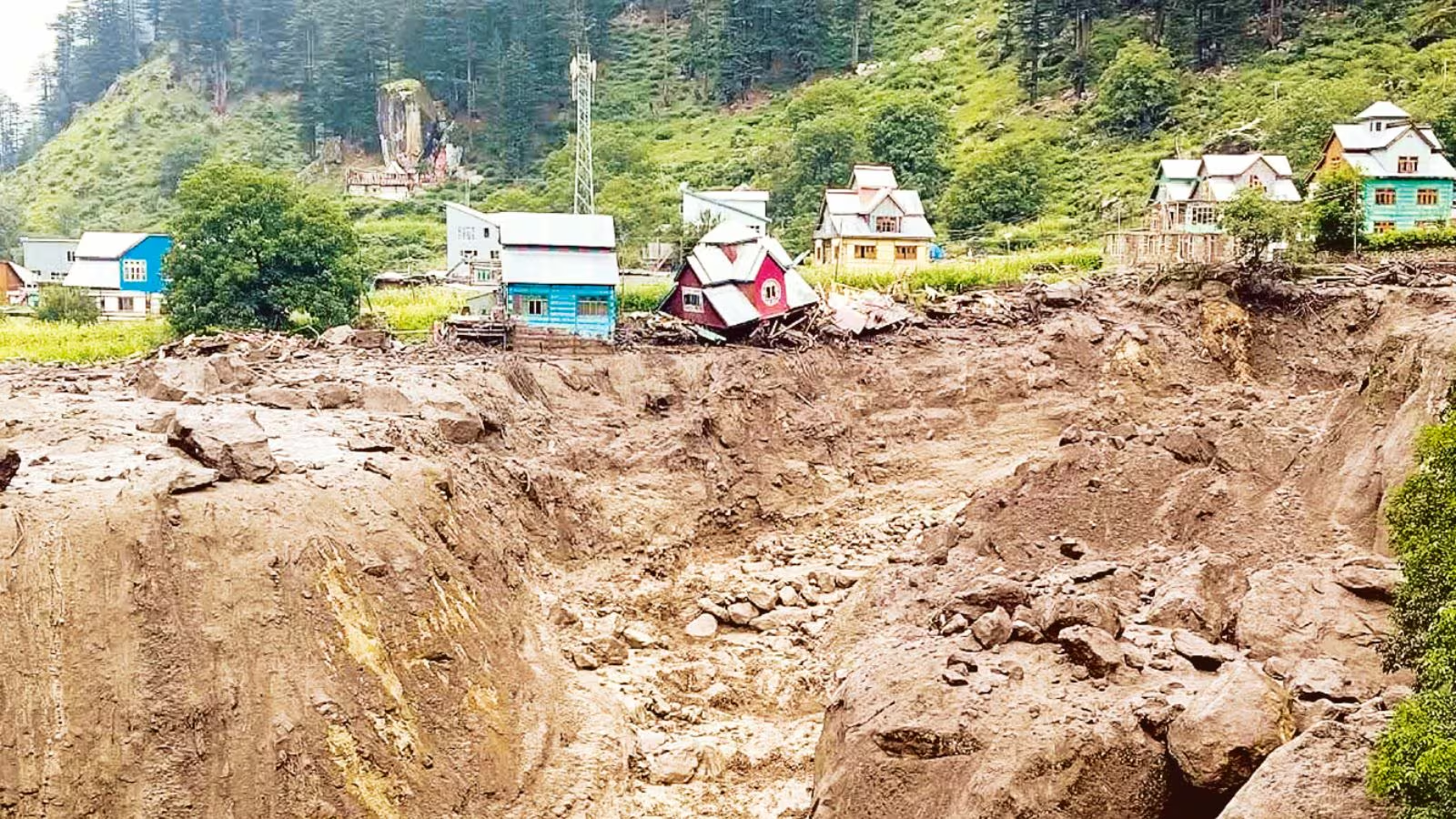
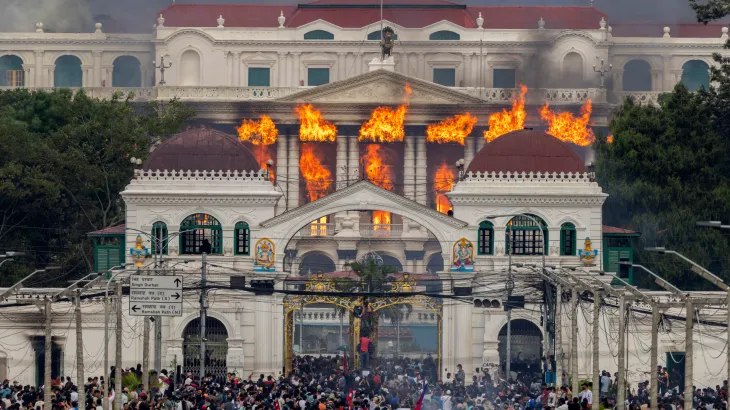

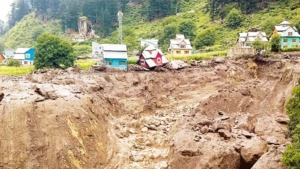
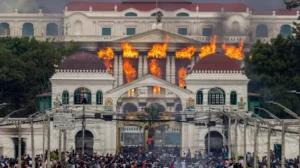
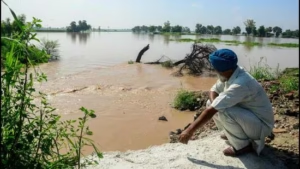
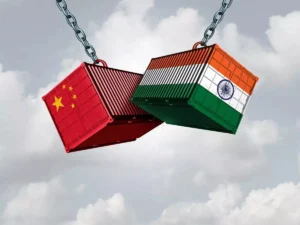


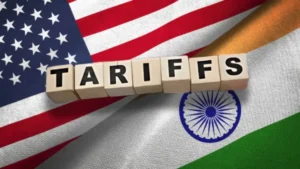


Post Comment